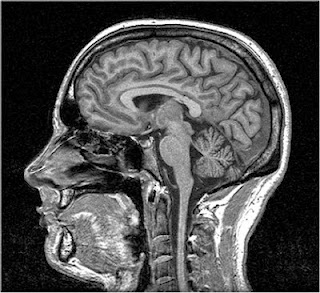It's more than fitting words on a page
When I first learned how to change the layout of my paper on Microsoft Word, I thought it was the coolest thing ever. Being able to fit more words on a page?! Genius! Granted, I was in second grade and didn't quite understand how physics worked or why it would actually be useful.
 As I was reading the Zettl article, page 1 talked about how the lines in photos effect how we see them. More specifically, a horizontal arrangement "seems to suggest calmness, tranquility, and rest," while a vertical orientation is "harder to manage" and thus more exciting and powerful. After reading this I thought it could be somewhat true, but it wasn't until I looked at the examples on the next page when I was shocked to realize how true this is. I've seen other pictures that have given me the same feelings without me even realizing that it was the lines to blame for my subconscious emotions.
As I was reading the Zettl article, page 1 talked about how the lines in photos effect how we see them. More specifically, a horizontal arrangement "seems to suggest calmness, tranquility, and rest," while a vertical orientation is "harder to manage" and thus more exciting and powerful. After reading this I thought it could be somewhat true, but it wasn't until I looked at the examples on the next page when I was shocked to realize how true this is. I've seen other pictures that have given me the same feelings without me even realizing that it was the lines to blame for my subconscious emotions. To prove it to you, I've included my own examples. I always imagined the beach (and pictures of it) to be relaxing and tranquil, to put me at ease and comfort me. Above is a perfect example of one these picturesque beach scenes, where you will most likely feel perfectly content while looking at the image.
To prove it to you, I've included my own examples. I always imagined the beach (and pictures of it) to be relaxing and tranquil, to put me at ease and comfort me. Above is a perfect example of one these picturesque beach scenes, where you will most likely feel perfectly content while looking at the image.
However, once I saw a similar photo of a beach shown vertically (to the left), with strong vertical lines, I immediately felt jarred and uneasy. Since the beach is beautiful and I love the ocean, I consciously thought that it looked nice, but couldn't shake that feeling of being slightly uncomfortable. Do you feel the same way after looking at these two pictures or do you have no change in feeling?
Frame your life
There are many other generally undetectable aspects that go into making a picture seem 'just right,' from framing, to alignment, to placement; and most of these are then inspected and subconsciously reordered in our brains. Our minds often fill in more than what is pictured, or automatically connect it to something else. I am fascinated by those images of lines or dots that ask if you can tell which is longer or bigger because these illusions always prove just how complex our minds are. My favorite book as a child was an Eric Carle book, called Hello, Red Fox, that used color and shapes to bring up other images. One example from this book is shown to the right. It you stare at the dot in the middle of the goldfish for 30 seconds and then look at the dot on the blank page, a new color fish will appear, based on complimentary colors and such. This is similar to some of the illusions Zettl discusses in this chapter.
However, as we examine images and their effect on our feelings, I have to wonder if being told what we should feel affects us. Do we want to feel normal and thus imagine feeling a certain way or do we wish to rebel against authority on every level and therefore refuse to acknowledge specific emotions?

















